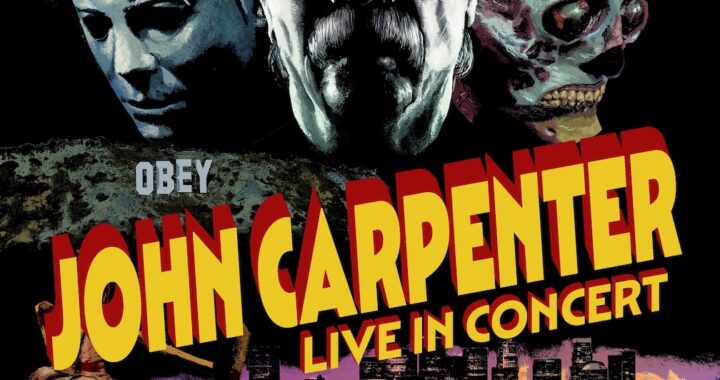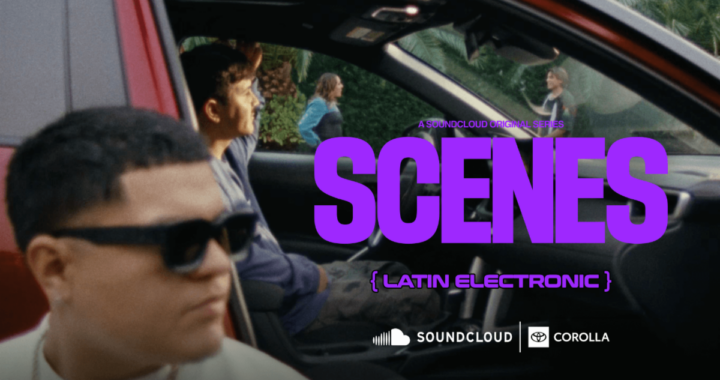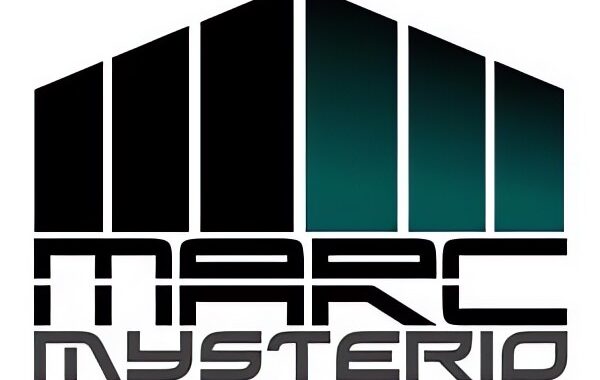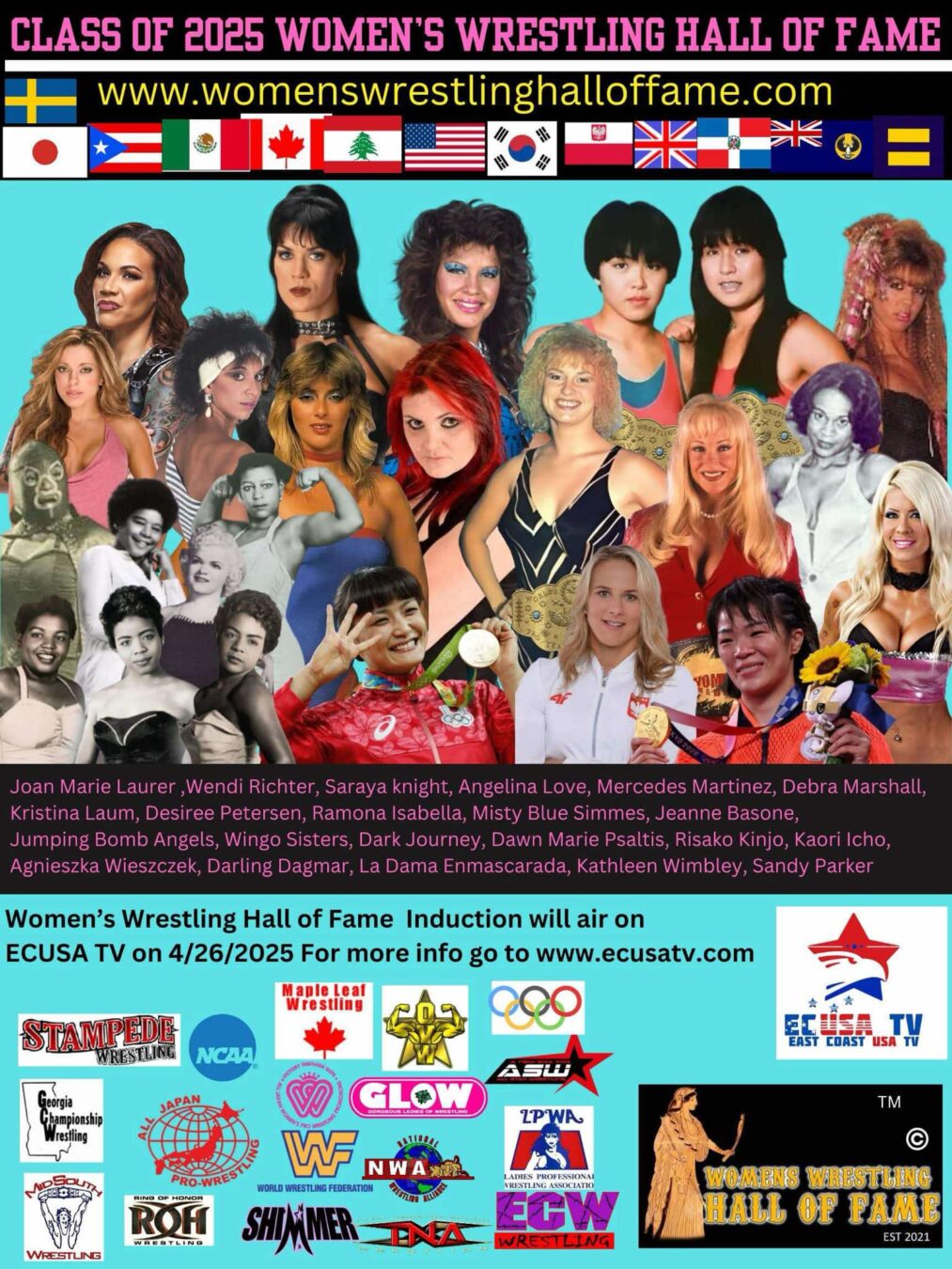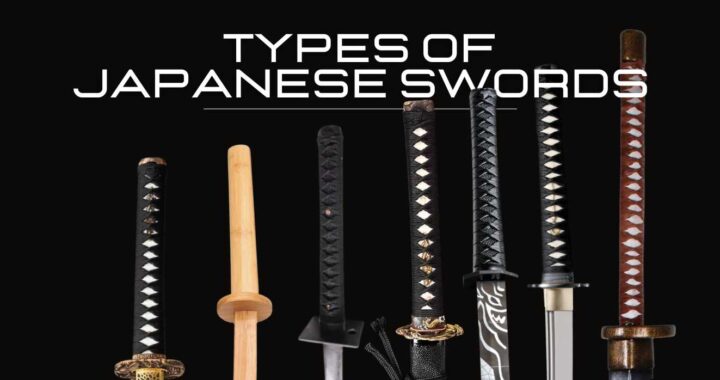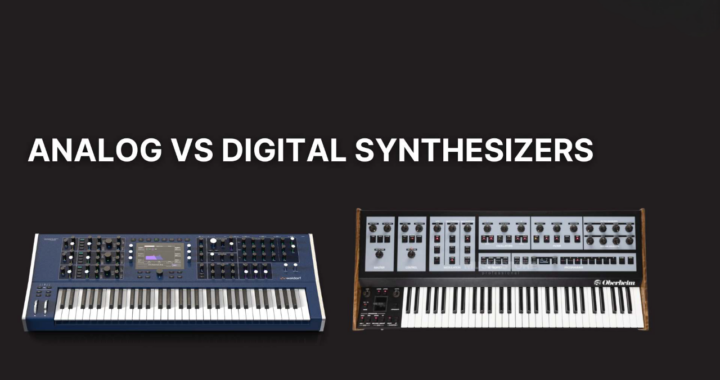
CREATOR PROFILES: PAT BRODERICK
The Biggest Challenge
Interview and Article by Ian Nichols

[A small fraction of Pat’s cover work ”“ Left to Right: Captain Atom (DC Comics), Captain Marvel (Marvel Comics ”“ Inked by Bob McLeod), Green Lantern (DC Comics) and a recent Secret Wars (Marvel) cover]
Pat Broderick is an American Professional Comic Creator that has worked for every major company and on some of the world’s most beloved superheroes. He made his debut for DC comics in the 1970s, but his career went cosmic working on the outer-space hero Captain Marvel and the denizens of the Microverse, the Micronauts at Marvel Comics. At this time, he was working for Dick Giordano and Neal Adams at Continuity Studios, which housed a stable of artists that would shape the landscape of comics for decades*. (He returned to DC to illustrate long runs on Firestorm, and also relaunched Captain Atom and Green Lantern.) Other credits include Lords of the Ultra Realm, Red Sonja, Doom 2099, Spider-Man, and many others.

[Some of Pat’s work at Atlas Comics from Planet of the Vampires and ‘The Dark Avenger’ from Phoenix]
While he made a name for himself working for the industry’s “Big Two,” (which consists of DC and Marvel Comics), he has worked in the independent comic book scene consistently since the 1970’s. He worked for Atlas Comics on books such as Planet of the Vampires and The Phoenix. While Atlas lasted only a short while, Broderick continued to work with independents. He contributed to comics like Bill Black’s AC line, First Comics American Flagg, Deluxe Comics Thunder Agents, and with Roger Mackenzie created Sun Runners, which was published by both PC and Eclipse Comics in the 1980s. In the 90’s Pat did Doc Savage for Dark Horse, Prime for Malibu, and a small amount of work for Topps Comics. In the 2000s he did work for the short-lived company Future Comics, but also produced work for Blue Water, Image, and a pin-up for the Fat Cat Funnies book, Hellena.

[Excertps from Nibiru with first printed edition cover at center]
Pat is continuing to learn and evolve with the comics landscape, and is making his own comics with his latest project Nibiru: And the Legend of the Anunnaki, which he is doing with the help of Ian Nichols and his small press label, Fat Cat Funnies. Pat graciously took the time to answer some questions that I’ve wondered about for years.

[Examples of Pat’s private commissions that he does for collectors of original art]
[*Continuity Studios was a hotbed for premier talent. Pat was a member of what was called the “Crusty Bunkers”. Other members of Continuity included Larry Hama, Ralph Reese, Jack Abel, Howard Chaykin, Klaus Janson, Joe Rubinstein, Walt Simonson, Mike Netzer, Jeff Jones, Russ Heath, Frank Brunner, Alan Weiss, Terry Austin, Frank Miller, and other artists that would help define the industry at that time.]
Were you a comics fan before pursuing it as a career, and if so, what were some of the comics that you followed?
Ian, I’ve been a comics fan since before I could read. I cut my teeth on Timely Comics [which was the precursor to Marvel Comics] and owned the first issues of all of Marvel’s superhero line. When they launched all of their new books in the very early sixties, and I do mean all of them, I remember quite well getting lost in the first issues of the Fantastic Four, then Avengers, the Hulk, and Spider-Man.
Some of my very first drawings were copies of panels from those issues. My first critiques were from my older brothers, who, of course, being older brothers were, “You copied that” (laughter). Little did they or I know at that time–it was an art lesson. When you’re 7 or 8 years, old it’s a direct manifestation of artistic inspiration.
“My first critiques were from my older brothers, who, of course, being older brothers were, “You copied that” (laughter). Little did they or I know at that time–it was an art lesson.”
After you started drawing, did you try making your own characters early on, or were you making your own adventures with characters other people created?
Back then it was just a love of the media and the characters. I had a very, very, long relationship with anything Steve Ditko created. To the point that, by junior high school, I had a stream of illustrations on the back side of all of my school papers–much to the annoyances of all of my teachers.
Was Atlas Comics a hopeful beginning? They seemed to be in an arms race with the big two by hiring, in addition to yourself, a lot of phenomenal artists that contributed to their titles.
When Atlas comics started, I was entrenched at Continuity Studios as an assistant. Neal [Adams] had taken me under his wing, and he had started me on a long road of traditional training– I’m still on that same road today. Back then however, when Atlas started, every day artists would come into the studio talking about the new company, their [Atlas’s] page rates (which were double Marvels current rate at the time), and all of the books they were offering.
It was not long into that day until I couldn’t stand it any longer, and I excused myself to Neal. I stated that I was taking a short lunch break, and I almost ran all the way to Atlas’s office. When I returned to the studio, I couldn’t wait to announce to everyone that I had landed my very first full comic series, “The Planet of Vampires.” The look of horror on Neal’s face has stayed with me to this day, as he was well aware that my youthful drive had again outdistanced my reach. I was no way near ready, artistically, to do an entire book, let alone a series–And Neal was right.
“I couldn’t wait to announce to everyone that I had landed my very first full comic series, “The Planet of Vampires.” The look of horror on Neal’s face has stayed with me to this day”¦”
Atlas was only around for a short while. Did you ever consider approaching the other independent publishers like Charlton or Warren in those days?
Neal did send me over to Warren to see if I could pick up some work. The stories were shorter and not necessarily restricted to a deadline. Something I could work on, which he could oversee and direct corrections with. Sadly, they did not offer me anything.
[Note: Warren was the publisher of magazines such as Creepy, Eerie, and Vampirella]
There is an urban legend that Howard Chaykin stood on the street between Atlas and Marvel offices and was either telling (or yelling at people) to go over to Atlas. Was this how they got you?
I’ve heard that story also and, if it was true or not, I truly don’t know. I can tell you this about Howard, and that is he did do that in Neal’s studio that day. There was also Russ [Heath], Neal [Adams], Dick [Giordano], Jack [Abel], Larry [Hama] and Ralph [Reese] also talking about the new upstart company, so it was more of an open conversation going on than just one person responsible for the spread of that information.
What do you see when you look at your early art or when someone shows it to you at a convention?
I see very ugly art by a very, untrained artist. Many times I have cringed at shows after being presented with these printed proofs of my lacking ability at that time.

[A private commission where Pat got to revisit his early work””Planet of the Vampires]
With the previous question in mind, what would you tell aspiring comic artists?
The same thing Neal told me at that time, “The biggest challenge you face is forgetting all of the bad habits you’ve taught yourself so far, and starting from scratch.” The next thing I would ask them is, “why do you want to draw comics in the first place?”
“The biggest challenge you face is forgetting all of the bad habits you’ve taught yourself so far, and starting from scratch.”

[Examples of Pat’s interior work ”“ Left to Right: Micronauts (Marvel), Doom 2099 (Marvel), Captain Marvel (Marvel), and Spider-Man (Marvel)]
How did mainstream success alter the way you approach your work?
My training at Neal’s studio gave me the tools to produce professional work for many mediums. It gave me the insight into preparation and what needed to be done before the pencil should actually hit the paper, and time management while producing any job to meet individual deadlines. It’s not just sitting down and drawing when you feel like it. It’s also more important to have a road map before you start that trip, which includes finding reference and preliminary sketches before you start the final piece.
Did working in the mainstream comics industry change how you looked at independent comics?
I have always had a love of the independent market and recognized long ago the importance that independents bring to the field. I love the “Big” guys, but no market should be controlled by so few producers. A strong independent market means a strong market overall. I understand not wanting competition, but it is from the independents that the “Big” companies find new talent. Image, Wildstorm, Dark Horse, IDW– all started as independents by definition, and let’s not forget Aardvark.
“A strong independent market means a strong market overall.”
What are some of your independent comics that you remember the most favorably?
Everything Dave Sim produced under Aardvark.
While drawing is a generally a solitary endeavor, who were some of the people who made pouring thousands of hours at the drawing table more enjoyable?
Everyone who produced art for EC comics””also, I have never stopped being a fanboy. I’m a huge fan of almost everybody’s work in the field today–and I stress, “Almost.”
[Note: EC Comics is said to have had the greatest collection of talent ever assembled. Some contributors of EC Comics include Wally Wood, Frank Frazetta, Al Williamson, Angelo Torres, Jack Davis, Harvey Kurtzman, Al Feldstein, Reed Crandall, and Bernard Krigstein]

[Some of Pat’s independent works: AC Comics continuation of the Charlton Action Heroes, Sun Runners (PC and Eclipse Comics), Hellena (Fat Cat Funnies), Americomics (AC)]
One of my missions in this profession is to educate people the idea that Superheroes are a genre, and comic books (or graphic novels) are a medium that are capable of anything. What are some things that the medium of comics allow a storyteller to do that other mediums do not?
This is a hard question to answer, so let me reveal how comics have helped me in other mediums, and how other mediums have helped me in comics.
Comics gave me the traditional training to cross over mediums. If you can draw a comic book then you can draw storyboards for two mediums. There are different rules for both mediums, so let’s be clear on this. Story boarding for advertising is completely different from story boarding for film. With advertising, you have a limited amount of time to tell the story of the product you are selling. In film, you have to know the rules of camera tracking, line of action, and camera flow. Those rules apply more to comics than advertising, and I will point out are very helpful in clear storytelling for comics. A LOT of current artists, and new artist in comics, can do themselves a huge service by taking a story boarding for film class. Then there’s also just standard traditional training, which every artist needs to understand to improve their art.
The rule of thirds is the main one I have always pounded my students’ heads about. If you do not understand this rule you are really setting yourself up for trouble in your future as an artist. Perspective is another, and line of action is a third.
You’ve already done a ton of work for Nibiru. What inspired your latest project and the already substantial output?
There are more than a few reasons I took this subject on; some very personal reasons which go way back to my young years, from unanswered questions at church. Also, it explains to me today why the world is so politically screwed up””and how, from the very beginning of civilization, certain institutions have been used for control. But, you’ll have to either read my series, or do your own research into this ancient history.
“”¦it explains to me today why the world is so politically screwed up””and how, from the very beginning of civilization, certain institutions have been used for control.”
Is this something that you have always had an interest in?
I have always had an interest in mythology. It just was not until I was an adult did I see the connections between historical time and what we label as Mythology today.
How would you classify this story? Science fiction? Mythology?
My approach on this is to get into the main characters minds. To educate some, and to explore; using the physical similarities which stretch across our globe, and state the obvious connections between all of these cultures.
What did you base your designs of the characters off of, and how did you create the visual world that they inhabit?
This story, visually, had to have a visual base that multiple civilizations would pull their cultures from–not only in each culture’s architecture, but also in their fashion and art.
You’ve offered this book digitally a couple of years ago. What changed your approach, and why go to print?
It’s just not yet a digital world for comics, and that’s a good thing. I also want a permanent product, and not one that requires a digital medium to present it with. A comic, a painting or illustration needs to be not only seen, but felt also.
What made you choose this method of publishing rather than sending it to Image or Dark Horse?
I’ve offered other properties to these publishers before, and they’ve passed on them for various reasons. By doing this myself, I control the product, I control the distribution and, most importantly, I control the promotion. I worked on one series for two separate companies in the past. At first, it was a huge hit for the company, but because of personal differences at the first company I was forced off of that property. At the second company, the publishing house which produced it did nothing to promote the series, so it failed there. Had they done any promoting of the property and gotten the word out there, it would have been a success for them. That property is now at a third publisher, and will do much better because they understand promotion.
“By doing this myself, I control the product, I control the distribution and, most importantly, I control the promotion.”
What does this book offer the reader that DC and Marvel do not?
This is not ego when I say this, but it offers ME. Some people say I’m a “Legend” now and, sadly, that translates into no offers of regular work at the Big Two. That being said, I do get the occasional alternate cover to do, and I am so grateful for those. I would love more to do. I have a good relationship with a few people at Marvel, and they have been doing what they can to feed me work. They are a great bunch of guys, and I love them. I recently have produced a couple of covers for IDW, and would love for there to be more work there for me in the near future, so we’ll hope and wait and see. I’m also doing a newspaper strip for Spain called, “Cry of the Earth,” and that’s ongoing–so both Robert Epps, the colorist for both that strip and this Nibiru series, are very excited about.
Where are you planning on making this available?
It’s a self-published endeavor linked up with Fat Cat Funnies. You can order it through my own website www.patbroderickart.com and through my Facebook sites. Inquiries can be made through www.fatcatfunnies.com (which they will forward to me), and also at every convention that I’ll be attending after the first issue is done. I have 5 out of the 6 books completed, and once it’s launched, I hope to maintain a bi-monthly shipping schedule.
Since you are putting this out yourself, how can people support your endeavor?
Simple: ORDER IT! If I’m at a show, purchase it from me! If you’re a store owner, contact me or Ian at Fat Cat Funnies, and we’ll see to it that you are set up.

[A private commission by Pat that covers a lot of his past with his new project, Nibiru in the center]
[In addition to purchasing the book, you can order original art commissions from Pat. There are also a limited number of pages available for advertising. If you have a store or a project of your own, drop us a like to find out about rates.]
Thank you very much for the interview! I can’t wait to see the book in print. -Ian
It’s a pleasure Ian…..
Pat Broderick Links:
Website: http://www.patbroderickart.com/
Facebook: https://www.facebook.com/TheArtOfPatBroderick/?fref=ts
Fat Cat Funnies:
Website: http://www.fatcatfunnies.com/
Facebook: https://www.facebook.com/Fat-Cat-Funnies-112588142087332/?fref=ts
Author Profile
Latest entries
 ColumnsFebruary 6, 2016CREATOR PROFILES: PAT BRODERICK
ColumnsFebruary 6, 2016CREATOR PROFILES: PAT BRODERICK

